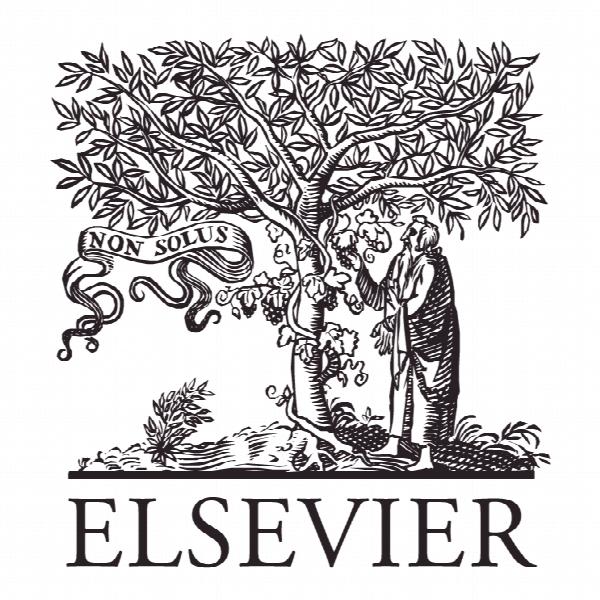هوش فضایی بصری در تبلیغ و گفتگوی روابط عمومی: موردی از روبرتو روسلینی در دوران آموزشی و مطالعات تاریخی Visual-spatial intelligence in propaganda and public relations discourse: The case of Roberto Rossellini’s early and educational-historical films
- نوع فایل : کتاب
- زبان : انگلیسی
- ناشر : Elsevier
- چاپ و سال / کشور: 2017
توضیحات
رشته های مرتبط علوم ارتباطات اجتماعی
گرایش های مرتبط روابط عمومی
مجله بررسی روابط عمومی – Public Relations Review
دانشگاه گروه تاریخ هنر، گیرونا، اسپانیا
نشریه نشریه الزویر
گرایش های مرتبط روابط عمومی
مجله بررسی روابط عمومی – Public Relations Review
دانشگاه گروه تاریخ هنر، گیرونا، اسپانیا
نشریه نشریه الزویر
Description
1. Introduction Studies on the links between film and public relations have focused mainly on representations of the profession in fiction films (e.g., Ames, 2010; Miller, 1999). By contrast, with few exceptions (e.g., Halas, 1959; Parris, 1959a,b), less attention has been paid to documentary film as audiovisual discourse on public relations strategies, although in recent years, studies on John Grierson and public relations (L’Etang, 1999, 2000), Frank Capra (Xifra & Girona, 2012), and the role of documentary in public relations rhetoric (Anthony, 2012; Kilborn, 2006; Pompper & Higgins, 2007; Stokes & Holloway, 2009) has appeared as new objects of study in research into the elements of public relations film discourse. This article focuses on the latter tradition to analyze the two less well-known and researched periods of Italian director Roberto Rossellini’s career, leaving to one side his neo-realist films and those he made with his then-wife Ingrid Bergman, which have been the most common object of research work on the Italian filmmaker. Those films represent an example of visual-spatial intelligence, in particular the educational ones, in which Rossellini’s, for staging purposes, invented and used a new zoom lens to improve the realistic effects: the Pancinor. This mechanism highlights the visual-spatial abilities of Rossellini, who becomes one of the great exponents of visual-spatial intelligence before the age of digital cinema. In the past century, numerous theories about intelligence have emerged. One of the more notorious was created by development psychologist Howard Gardner (1993). Gardner proposed that intelligence is not made up of one factor, but rather eight. Accordingly, one of the eight forms of intelligence is visual-spatial intelligence. People with high visual-spatial intelligence possess the ability to visualize the world accurately, modify their surroundings based upon their perceptions, and recreate the aspects of their visual experiences. They also have good spatial judgment and reasoning. That is, they are able to accurately judge the distance between them and an object, how far the object is to the right, etc. They are skilled at using their ability to imagine and their spatial judgment to complete tasks and projects that include design, judgment, and creativity. For this reason, they make good painters, artists, architects, designers, and filmmakers (Gardner, 1993).


